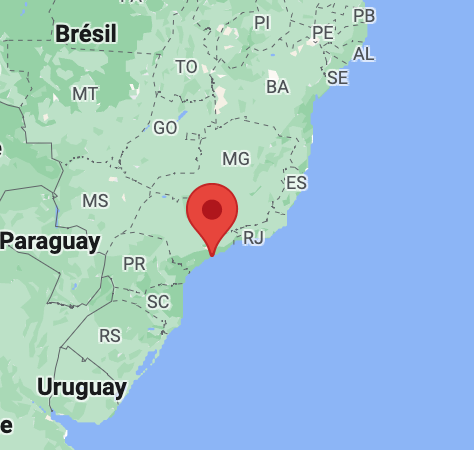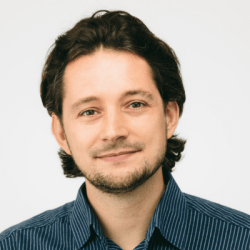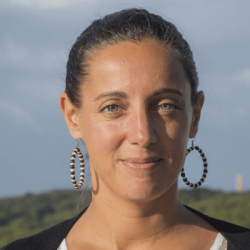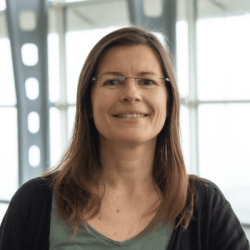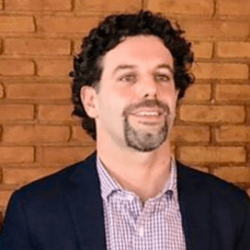Analyze interactions between microplastics and emerging pollutants, and their cocktail effects.
THE Plastidrugs project
CONTEXT AND MAIN ISSUES
For better or for worse, plastic materials have now completely invaded our societies. With no thought given to rationalizing their use and end-of-life, almost 300 million tonnes of plastic waste are produced every year by human societies. Released into the environment, they then break down into countless particles, which exchange pollutants with the medium through which they pass: plastic additives can be released into the environment, while other pollutants can, conversely, load up on the surface of microplastics, forming pollutant “rafts”. They end up accumulating in the organisms that consume them, including us humans in the end!
GOALS
Establish recommendations for decision-makers to curb microplastic pollution and its indirect chemical effects.
METHOD
In this pioneering study, PlastiDrugs will characterize the presence of major pollutants (endocrine disruptors and antibiotics) and emerging pollutants (additives and synthetic drugs) both in seawater, but also specifically on plasticules. This study will be carried out comparatively in the Bay of Brest, where these pollutants have been identified, and in the Bay of Santos (Brazil), where wastewater treatment infrastructures are deficient.
The marine organisms that filter microplankton (filter-feeders) are on the front line of microplastic pollution. Samples of species of commercial interest (mussels and oysters in particular) will enable us to conclude on the physiologicals effects at short and medium terms, and on the transmission and potential cocktail effects of these pollutants on animals and humans. Public presentations will enable exchanges with local populations and provide scientific data for decision-makers to curb plastic pollution and its chemical effects.
HOW IS THIS PROJECT INNOVATIVE?
En quoi ce projet est unnovant
Graphic summary
NEWS
Project duration
2023 – 2025
SUSTAINABLE DEVELOPMENT GOALS
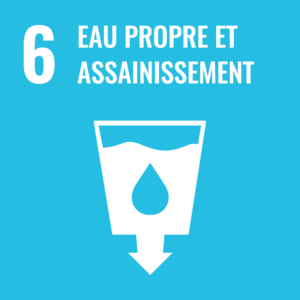
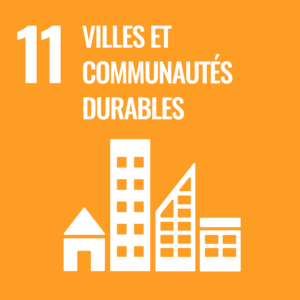
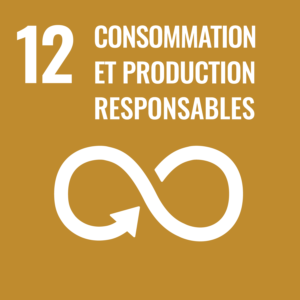
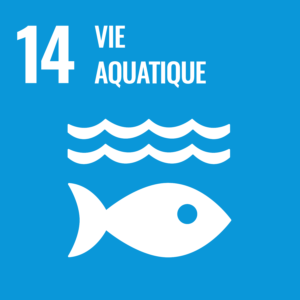
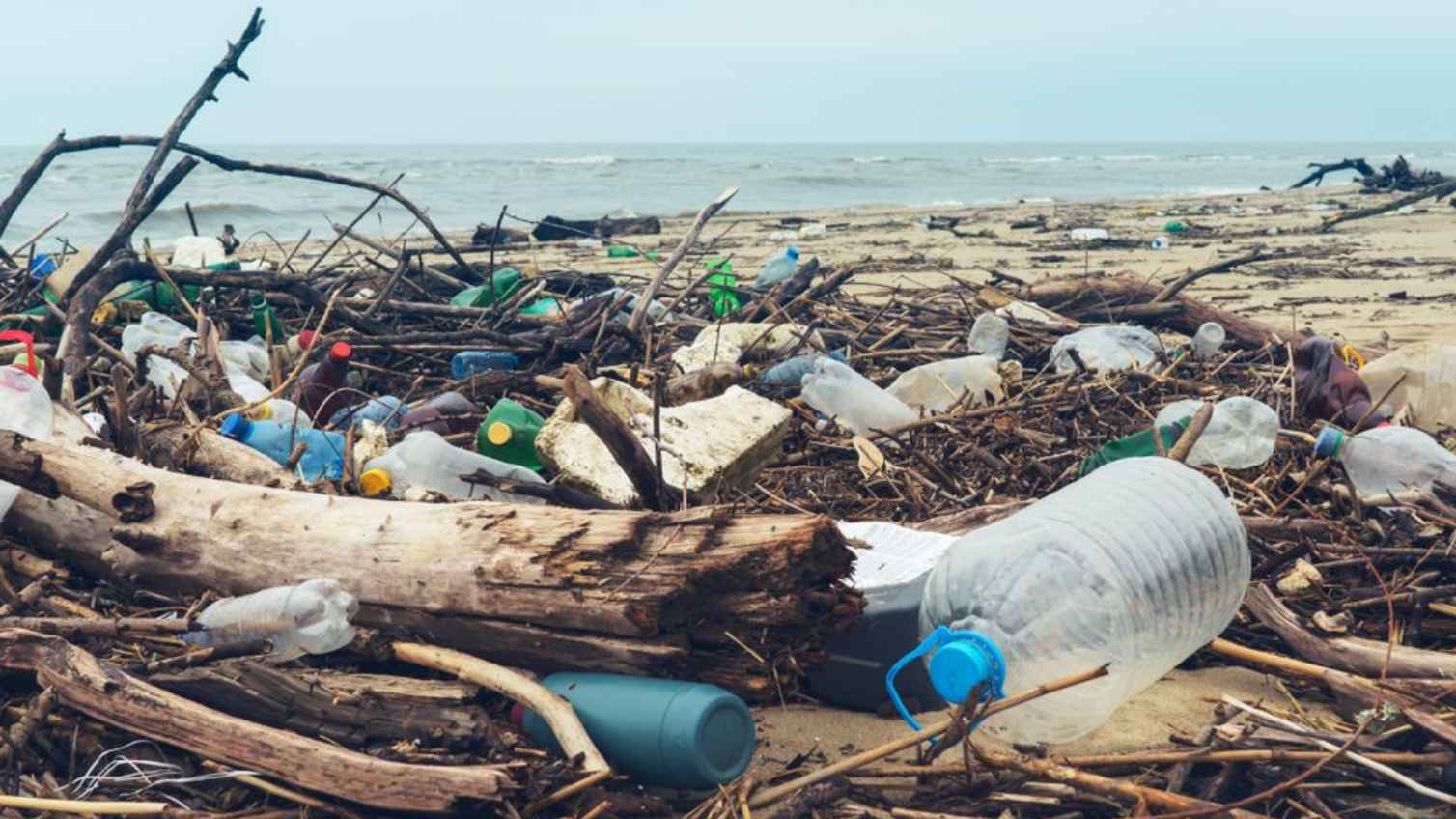
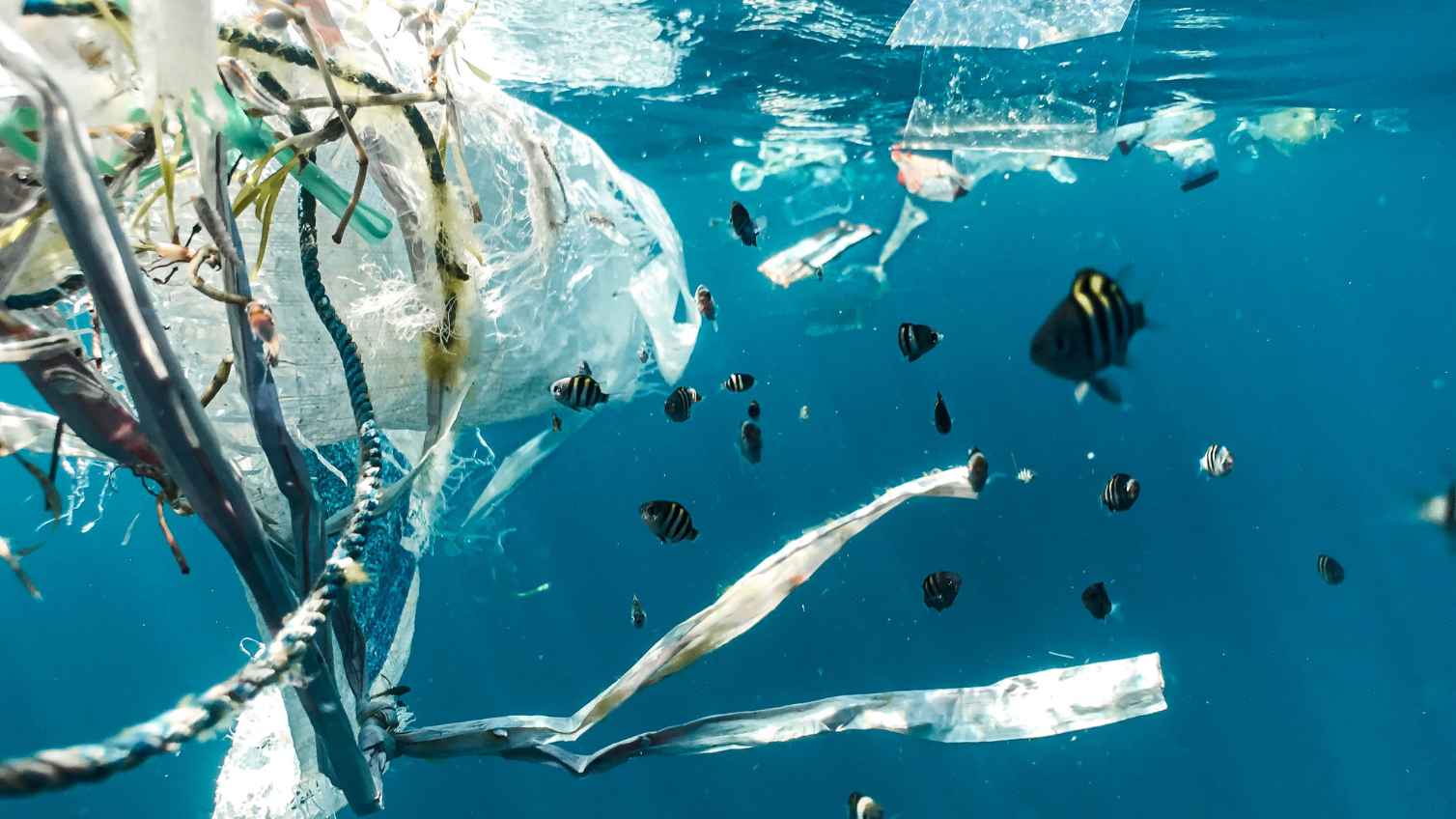
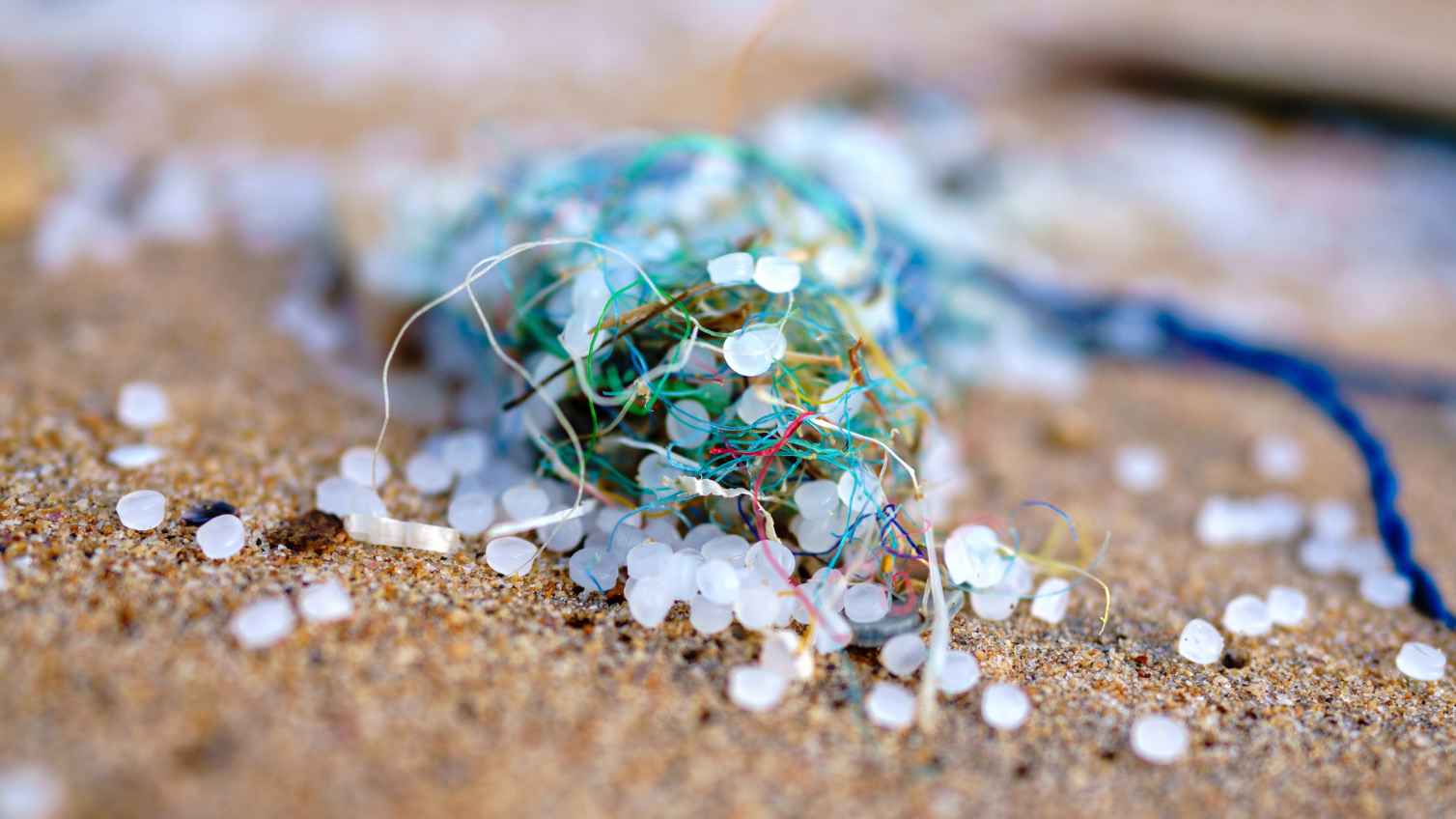
Results and advances
Coming soon
Step 1
Lorem ipsum dolor sit amet, consectetur adipiscing elit. Ut elit tellus, luctus nec ullamcorper mattis, pulvinar dapibus leo.
Lorem ipsum dolor sit amet, consectetur adipiscing elit. Ut elit tellus, luctus nec ullamcorper mattis, pulvinar dapibus leo.
étape 2
Lorem ipsum dolor sit amet, consectetur adipiscing elit. Ut elit tellus, luctus nec ullamcorper mattis, pulvinar dapibus leo.
Lorem ipsum dolor sit amet, consectetur adipiscing elit. Ut elit tellus, luctus nec ullamcorper mattis, pulvinar dapibus leo.
étape 3
Lorem ipsum dolor sit amet, consectetur adipiscing elit. Ut elit tellus, luctus nec ullamcorper mattis, pulvinar dapibus leo.
Lorem ipsum dolor sit amet, consectetur adipiscing elit. Ut elit tellus, luctus nec ullamcorper mattis, pulvinar dapibus leo.
The team
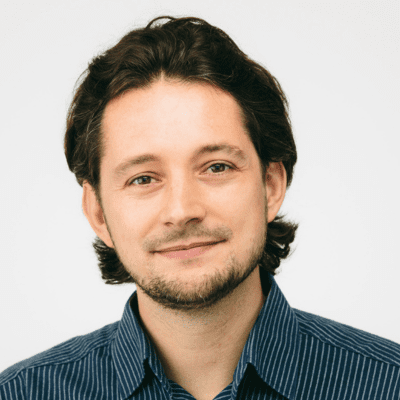
Rafael Trevisan
Post-doctoral fellow in marine ecotoxicology at LEMAR (Université de Bretagne Occidentale)
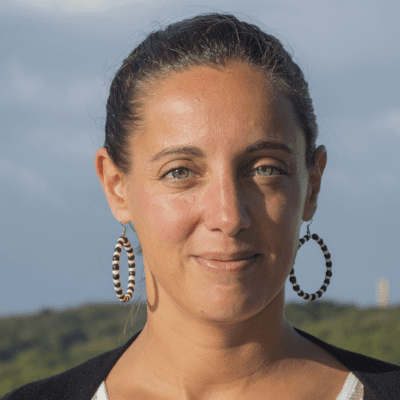
Ika Paul-Pont
Marine ecotoxicology researcher at LEMAR (Université de Bretagne Occidentale)
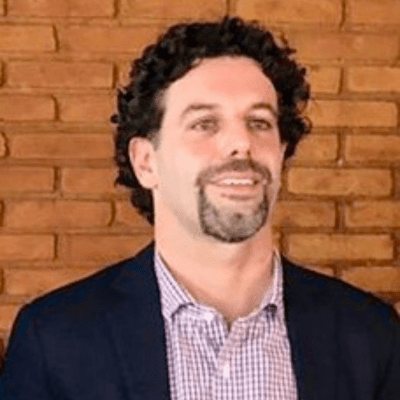
Camilo Dias Seabra
Professor of Marine Biology at the Institute of the Sea (IMAR) at UNIFESP (Santos, Brazil)
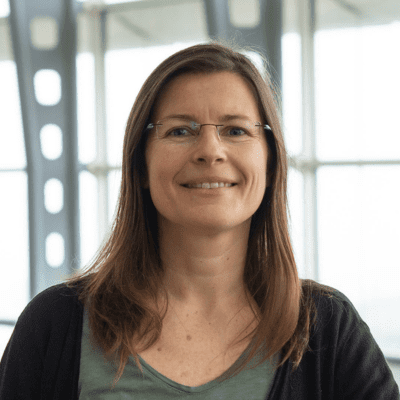
Caroline Fabioux
Research associate at the Marine Environmental Sciences Laboratory (LEMAR, UBO)
Partners
Institutional Partners
First name Last name
Université, structure, asso,...
First name Last name
Université, structure, asso,...
First name Last name
Université, structure, asso,...


News


